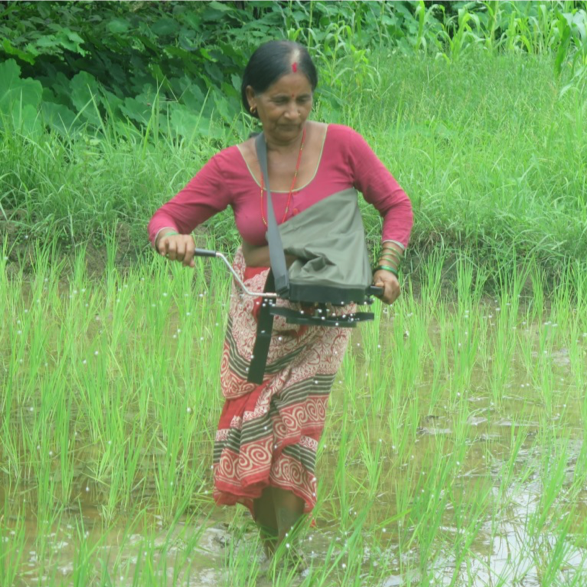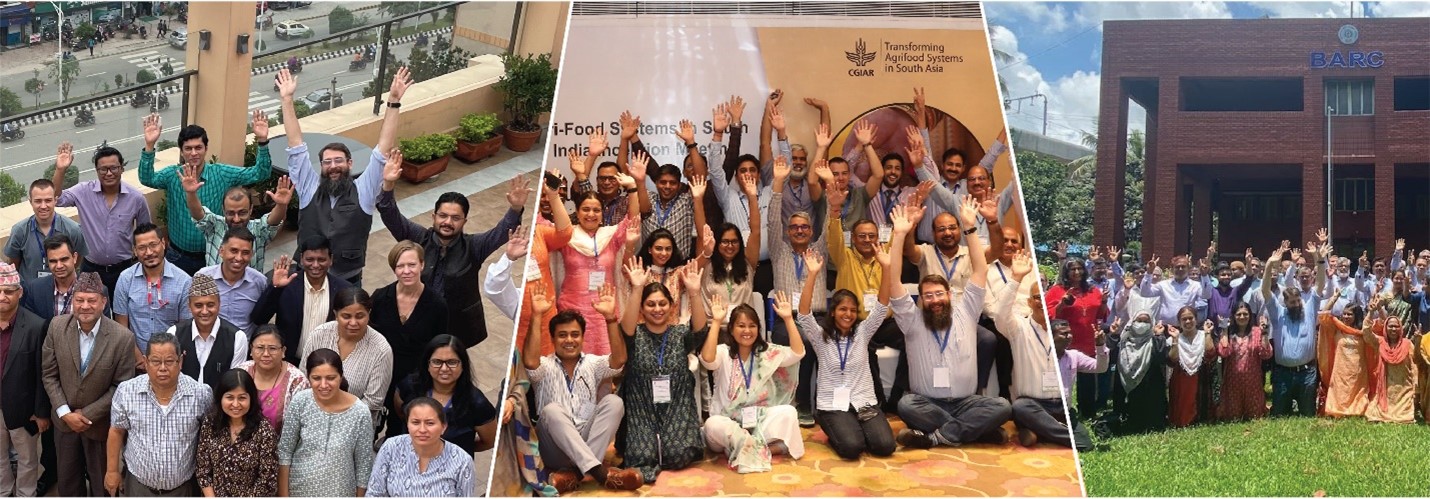The Nepal Agricultural Research Council (NARC) and CIMMYT are partnering to advance actions to revolutionize agriculture in Nepal. The collaboration, announced at a planning meeting between the two organizations on October 16, 2023, aims to enhance food security and improve the livelihoods of farmers in the country. With their combined expertise, NARC and CIMMYT will chart a new course in agricultural development, bringing hope and prosperity to Nepal’s farming communities.
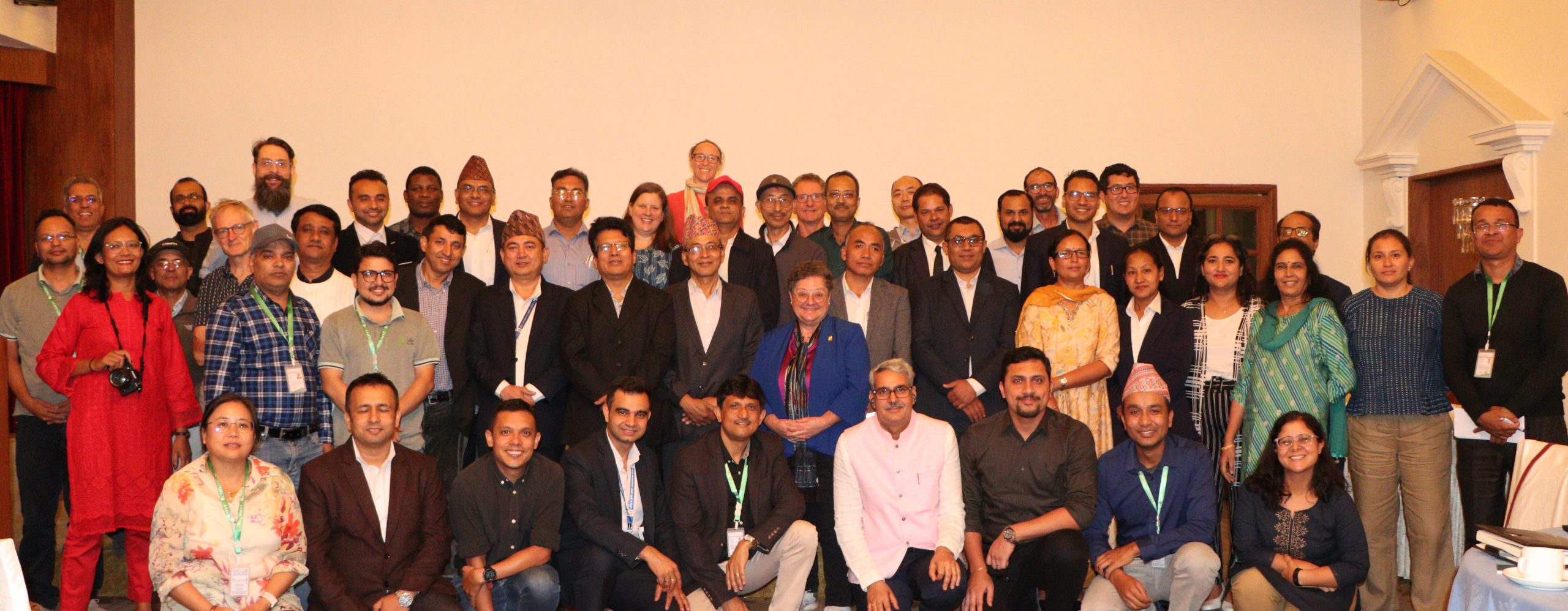
Previous collaborative efforts developing new crop varieties have helped to strengthen Nepal’s national research framework. In a recent statement, Sreemat Shrestha, NERC chief at the NARC, highlighted CIMMYT’s significant contributions. Shrestha emphasized CIMMYT’s role in introducing revolutionary advancements, such as digital file mapping, market segmentation and advanced agricultural land use technologies.
CIMMYT Country Representative in Nepal, Dyutiman Choudhary, gave the presentation and led the meeting. During the event, he presented a comprehensive explanation of the vast relationship that exists between CIMMYT and NARC. He emphasized the historical significance of this partnership and discussed the various aspects that contribute to the strength of their combined efforts.
NARC expanding global influence and enhancing research impact
In an effort to strengthen its position on the global stage, NARC has set forth a clear mission to enhance capacity development, broaden its influence worldwide and establish a coalition of highly trained scientists to elevate the quality and impact of research.
“With this ambitious agenda, NARC is poised to make significant strides in scientific advancement, and CIMMYT will be a valued partner with us the entire time,” said Shrestha.
Sieglinde Snapp, director of Sustainable Agrifood Systems (SAS) at CIMMYT, while acknowledging the challenges the world is facing, such as air and water quality issues, rising food prices, emphasized the importance of agriculture in addressing these challenges and further innovations like new genetic research, molecular biology and AI.
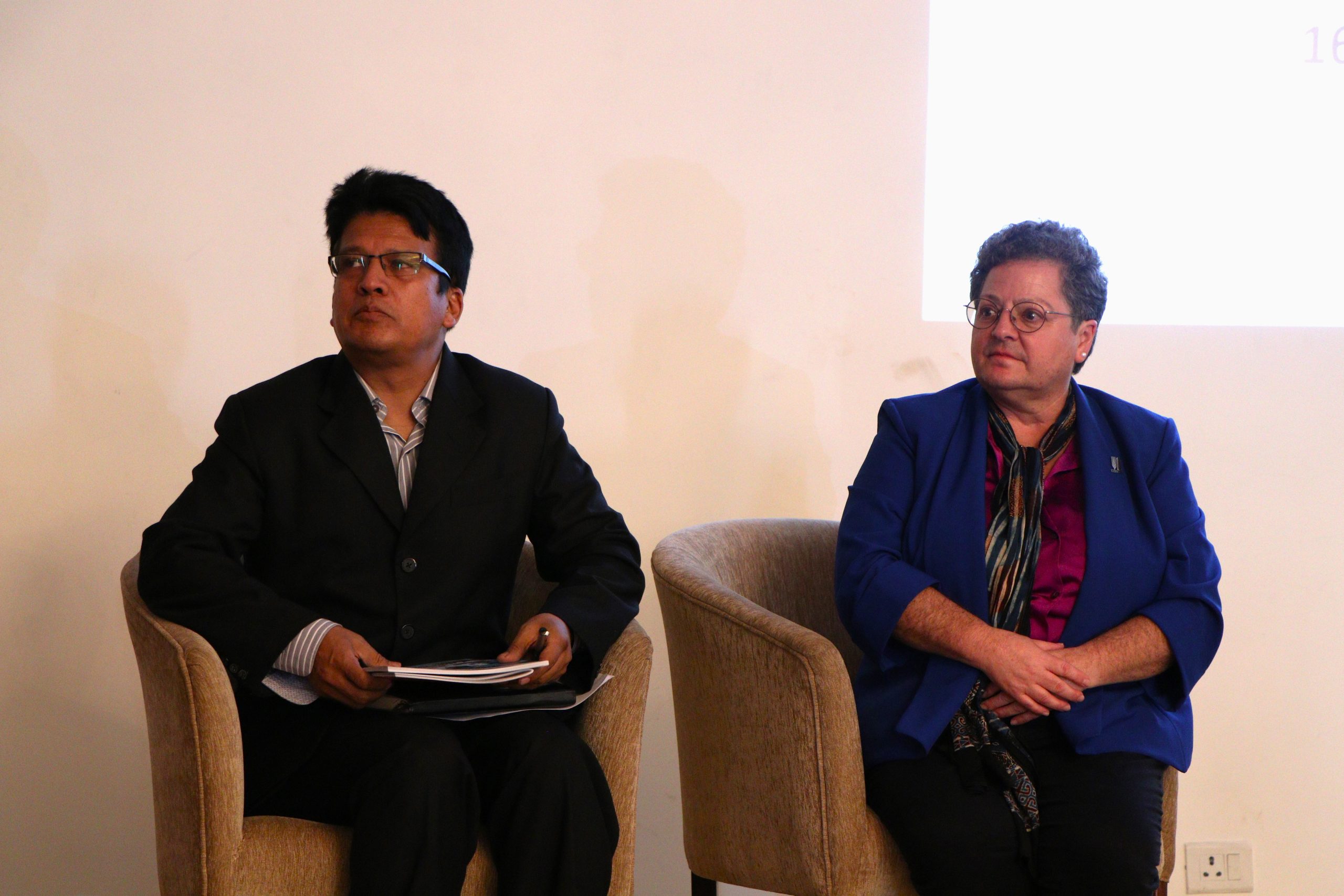
“I am excited about the progress CIMMYT and NARC have already achieved in Nepal,” said Snapp. “I encourage all of us to continue our efforts together, because collective action is necessary for meaningful change.”
Snapp highlights the need for technology adoption and mentions the transformation of wheat value chains, particularly in reducing women’s labor through introducing machines and spare parts. She praises the commitment to balance input and output and cites an example of helping farmers during a fertilizer crisis.
CIMMYT’s new focus at play in Nepal
Timothy Krupnik, CIMMYT regional director for SAS, provided insights into the organization’s growth and global influence in over 80 countries. Krupnik highlighted CIMMYT’s transition from its primary focus on breeding and genomics to its engagement to include other factors, such as agronomy, on-farm participatory research, socioeconomic studies and comprehensive agrifood systems.
“This shift in focus enhances CIMMYT’s understanding of the broader agricultural landscape and contributes to more comprehensive solutions,” said Krupnik. “Remarkable progress has been achieved in hybrid maize development and seed production, and we look forward to continuing to work with our Nepali partners.”
The meeting discussed various agricultural technology and innovation topics, including machinery, remote sensing, GIS toolsand greenhouse gas emission reduction strategies. NARC officials stressed the significance of enhancing capacity, especially in digital agriculture, to prepare Nepal for present and future climate challenges. Specific focus was on utilizing predictive crop modeling and simulation techniques to ensure crop resilience in the face of changing climate scenarios.
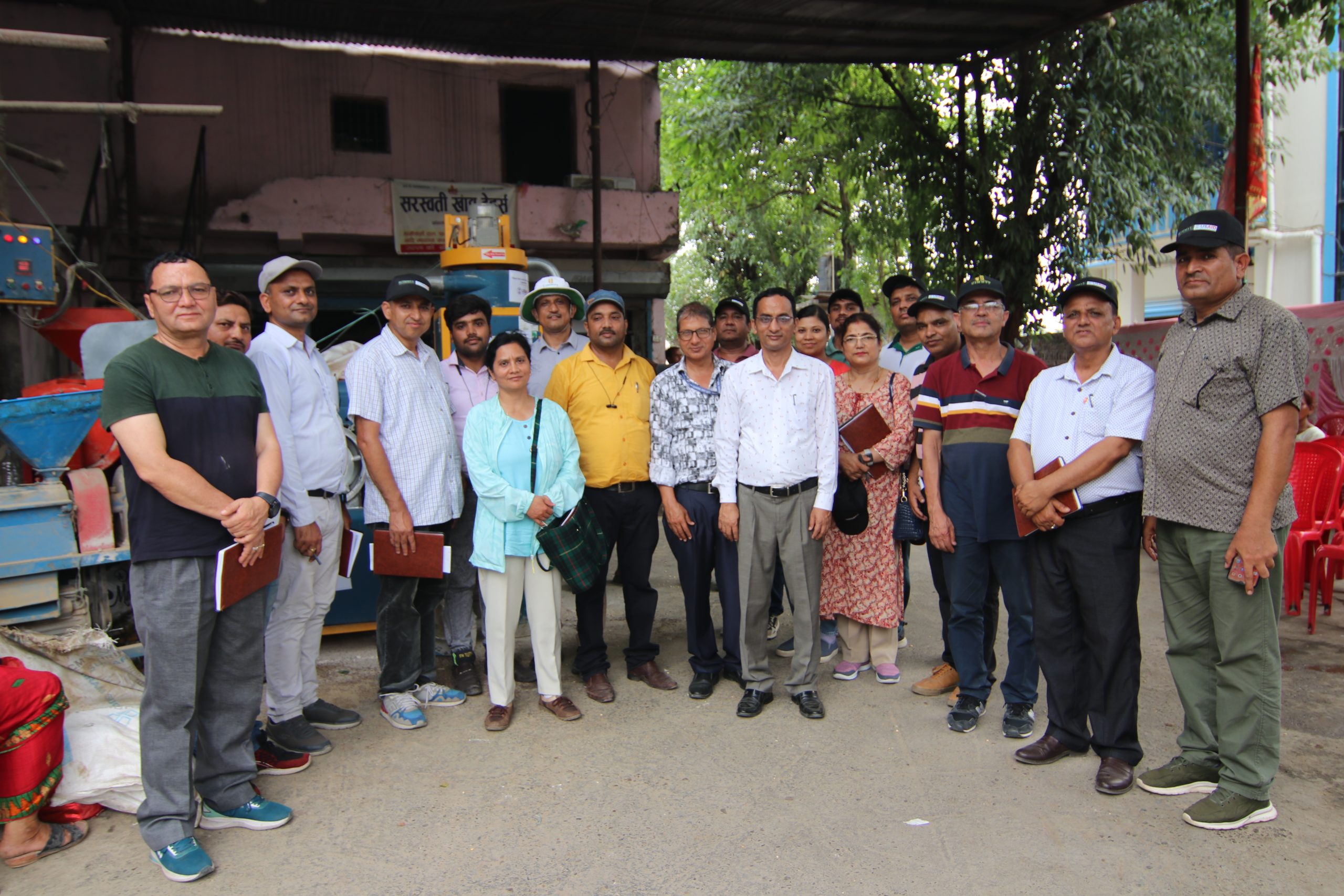
 Innovations
Innovations 